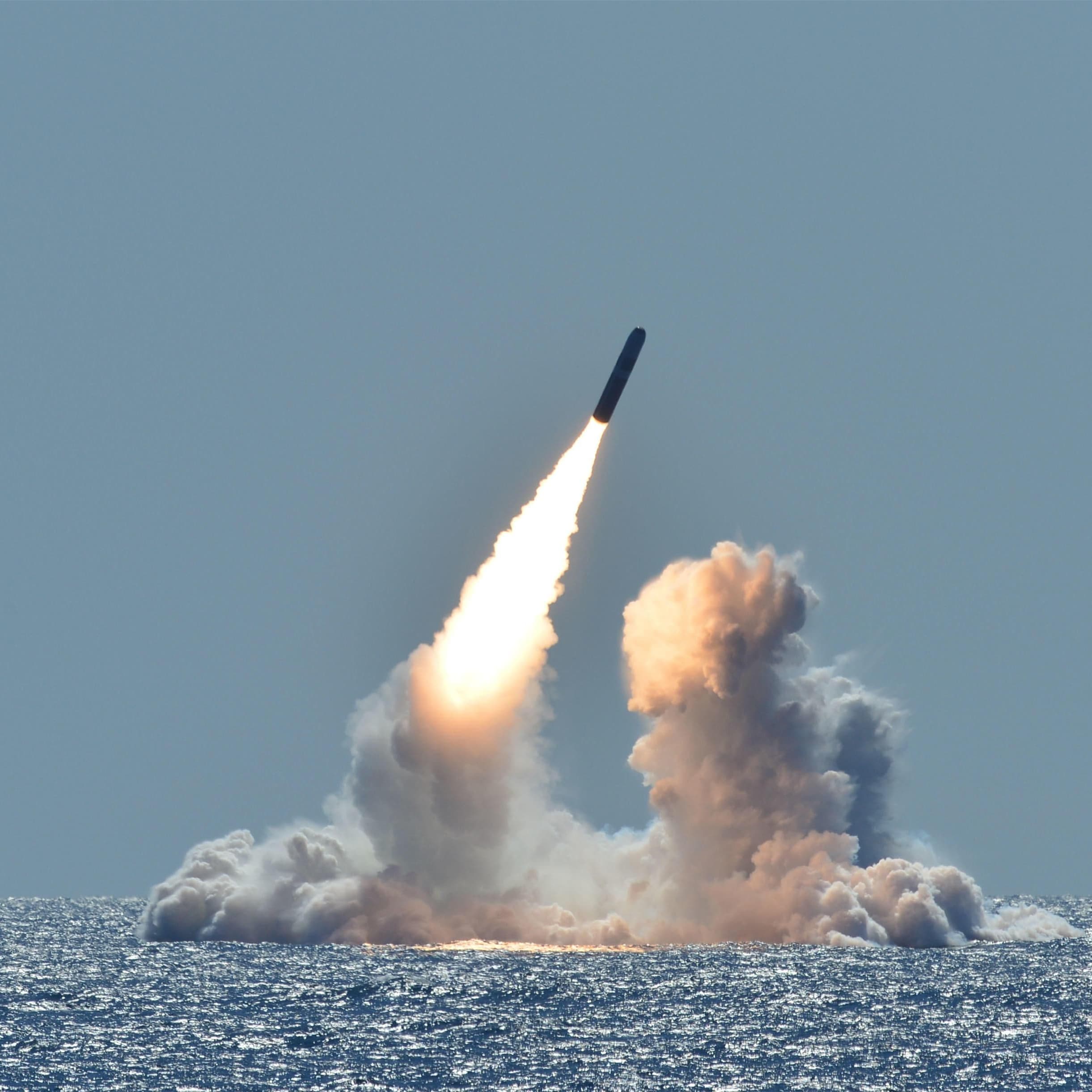The traditional saying is that their back electromotive force is different, BLDC is close to a square wave, and PMSM is close to a sine wave.
In terms of control, BLDC generally uses a 6-beat square wave drive to control the phase and reverse time of the square wave, and PMSM uses FOC. In terms of performance, the output power density of BLDC will be higher, because the torque of BLDC makes full use of the harmonics, so the harmonics of BLDC will be more serious.
The motor body of the brushless DC motor: the stator winding is a concentrated winding, and the permanent magnet rotor forms a square wave magnetic field; the motor body of the permanent magnet synchronous motor: the stator winding is a distributed winding, and the permanent magnet rotor forms a sinusoidal magnetic field;
Position sensor of brushless DC motor: low resolution, 60 degree resolution, Hall element, electromagnetic type, photoelectric type; position sensor of permanent magnet synchronous motor: high resolution, 1/256, 1/1024, resolver, Optical code disc;
Brushless DC motor: 120-degree square wave current, controlled by PWM; Permanent magnet synchronous motor: sine wave current, controlled by SPWM SVPWM.
Brushless DC motor: The magnetic steel is magnetized with a square wave, the control voltage PWM is also a square wave, and the current is also a square wave. There are 6 space vectors in one electrical cycle. The control is simple, the cost is low, and the general MCU can realize it. Permanent magnet synchronous motor: The magnet is magnetized with a sine wave, the back electromotive force is also a sine wave, and the current is also a sine wave. Generally, vector control technology is used, and there are generally at least 18 vectors in one electrical cycle (of course, the more the better), which requires high-performance MCU or DSP to realize.
Brushless DC motor: position sensor, such as Hall, etc.; permanent magnet synchronous motor: speed and position sensor, such as resolver, photoelectric encoder, etc.;
Back EMF waveform BLDC: approximate trapezoidal wave (ideal state); Back EMF waveform PMSM: sine wave (ideal state);
Three-phase current waveform BLDC: approximate square wave or trapezoidal wave (ideal state); three-phase current waveform PMSM: sine wave (ideal state)
Control system BLDC: usually includes position controller, speed controller and current (torque) controller; control system PMSM: different control strategies will have different control systems;
Design principle and method BLDC: try to widen the width of the back EMF waveform (to make it approximate to a ladder wave); design principle and method PMSM: make the back EMF close to a sine wave.


